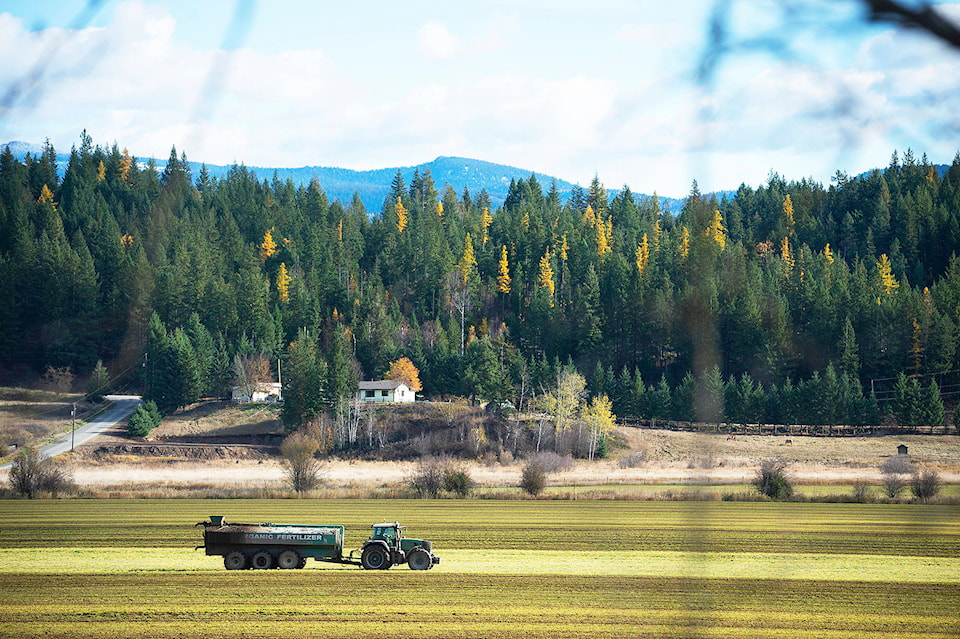The Shuswap Watershed Council (SWC) is offering a hand out to farmers who want to do their part to stop unnecessary nutrients from entering creeks and rivers.
The watershed council set aside $65,470 for five grants to be awarded to recipients pending visits to their farms.
“We’re very excited to be launching our Water Quality Grant Program. We’ve been working toward this for several years,” said Paul Demenok, chair of the SWC.
“We’ve recently completed a three-year research project with UBC-Okanagan, the results of which were important for directing water quality improvement and our grant program.”
According to SWC program manager Erin Viera, the goal of the grant program is to help farmers keep nutrients on their land and not running into creeks and rivers.
Read More: Grants support Salmon Arm heritage village and museum through summer closure
Read More: Longtime resident loon at Gardom Lake found dead from poison
Drawing from research conducted by UBC-Okanagan, Viera said the majority of nutrient loading into Shuswap Lake comes from the Shuswap and Salmon rivers. The source of the nutrients are primarily agricultural and urban land in the valley bottoms, and nutrient loads have been trending upwards since the 1990s.
Nutrient loads in the lakes are a concern because high levels of nutrients such as phosphorous can promote algae blooms in lakes, impacting water quality.
Demenok said water quality in the area remains quite good but work is required to make sure it stays that way.
“The last thing we want is to look back, 10 or 20 years from now and think, ‘We really should’ve done something sooner.’”
The SWC grants are being awarded to the following five recipients: Lakeland Farms; Hillside Dreams Goat Dairy; Swaan Farms; Grass Root Dairies; and the B.C. Cattlemen’s Association in partnership with Splatsin First Nation. The funds will be used for projects that enhance nutrient management such as manure storage, manure effluent capture, riparian restoration, livestock exclusion fencing and cover crop demonstration.
Neil Swaan, a dairy farmer and one of the grant recipients, is putting the funding toward the installation of a ‘Harvestore’ system that pumps effluent from a manure pile into a tank on his farm.
“Not only is it a benefit to the environment by keeping run-off out of the water, it’s also a way for the farm to collect nutrient-rich effluent for appropriate use later.”
Read More: Volunteer to monitor for invasive mussels and clams in the Okanagan
Read More: ‘Give turtles a brake’: Conservation group asking motorists to slow down
jim.elliot@saobserver.net
Like us on Facebook and follow us on Twitter
